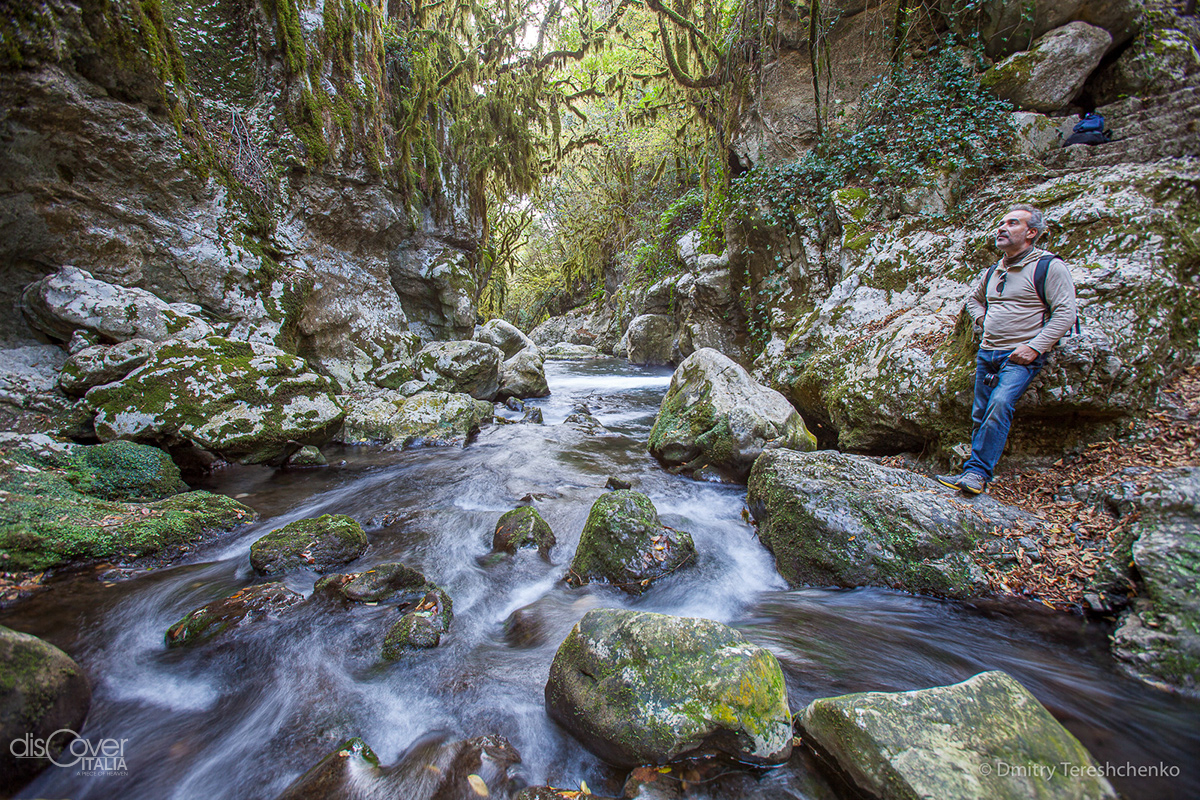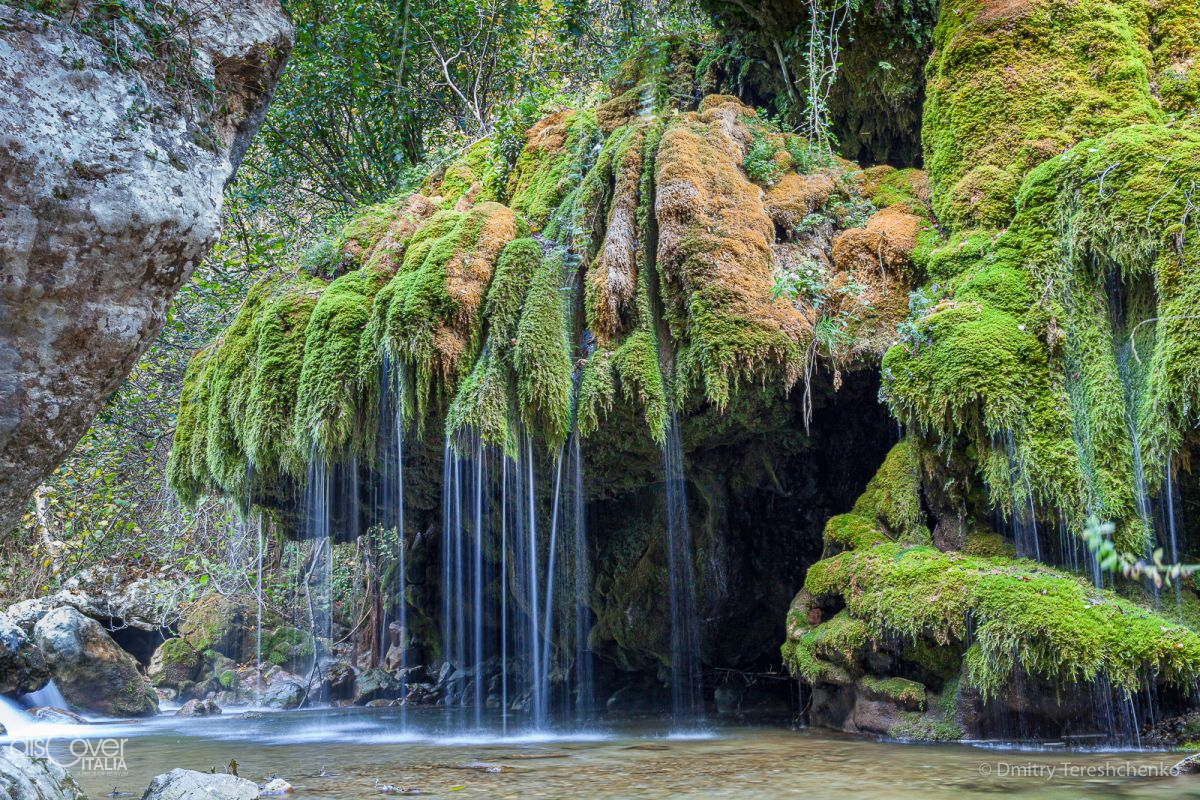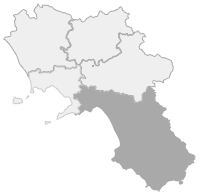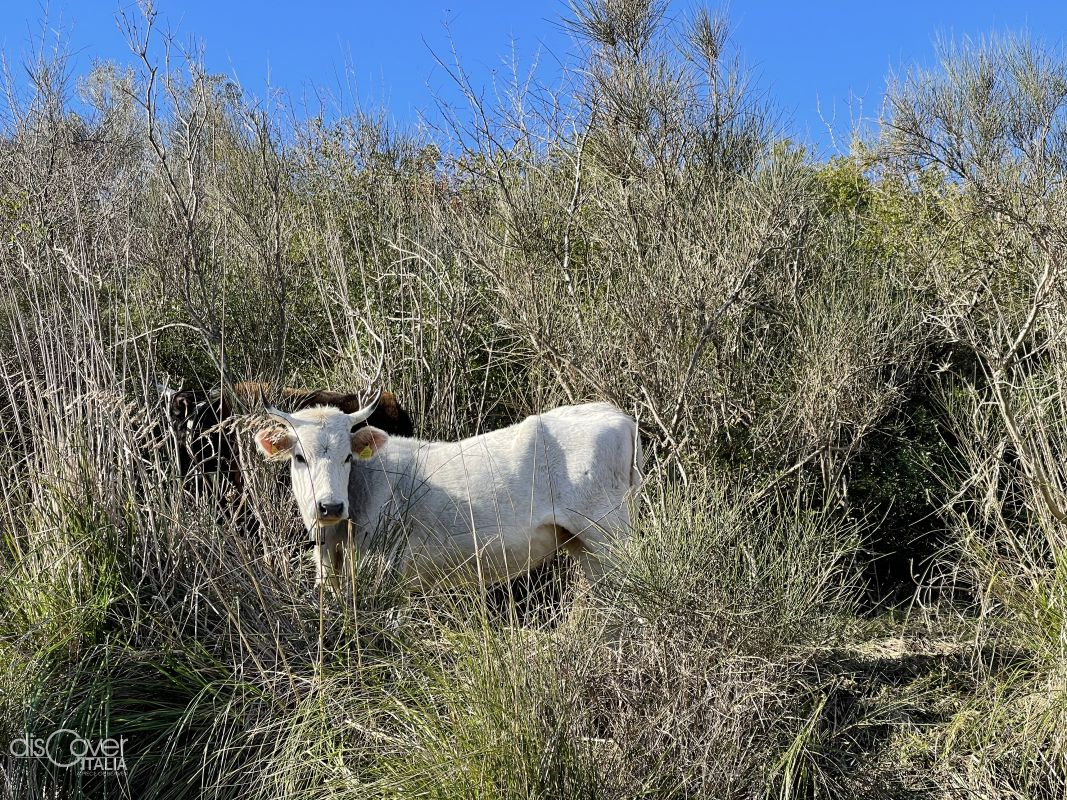Twenty-five different habitats worthy of protection. An extraordinary biological variety represented by thousands of animal and plant species, many of which are endemic and rare. An endowment of archaeological sites and historical-artistic testimonies covering a time span of five hundred thousand years.
A great variety of landscapes from the mountains of the Lucanian Apennines to the Tyrrhenian coast. It is an enormous heritage of knowledge, traditions and communities stratified over time and scattered among villages, districts and countryside. All enclosed in the immense territory of over 181 hectares of the Cilento, Vallo di Diano and Alburni National Park, the second largest in the Peninsula. Declared a World Heritage Site by Unesco in 1998. And even before that, in 1997, recognized as a Biosphere Reserve, the first and largest in Italy.

The small primrose of Palinuro is the symbol of a reality of large numbers, as vast as it is varied and complex. The Park, based in Vallo della Lucania, manages an area including eighty municipalities, eight mountain communities, twenty-eight Sic-Sites of Community Interest, eight Special Protection Areas and two Marine Protected Areas, Costa degli Infreschi and Marina di Castellabate. Extends its protection and enhancement activity from the Alburni mountains, the mighty Cervati and the sacred Gelbison to the magnificent Cilento coast with its sandy beaches, with picturesque bays alternating with the wild cliffs of the gulfs of Salerno and Policastro.

By geographical vocation, a land of encounter, exchange and integration between peoples and cultures since the most remote settlements of the Paleolithic, the area of Cilento with the contiguous Vallo di Diano and the Alburni chain, which was never a barrier to the circulation of men, goods, and ideas, preserves along the coast the magnificent Doric temples and the vestiges of Poseidonia-Paistom-Paestum, the remains of the focea colony of Elea-Velia, cradle of the philosophy magno-greek and the first school of medicine, and in the interior the remains of the ancient settlement of Mount Pruno, the sheep tracks connecting the lands of the Lucani and allowing the seasonal transhumance of the flocks, their wealth, and the sacred areas in the caves and on the peaks, such as the mythical Antece. And the gifts of the civilizations succeeding in the following centuries: castles, villages, rock sanctuaries, abbeys and a masterpiece such as the Certosa of Padula. Without forgetting that Cilento is home of the Mediterranean Diet, which is part of the Intangible Heritage of Humanity recognized by Unesco.
FLORA
 There are 1800 plant species registered in the park area, among which there are numerous endemism and many rare plants. A variety due to the multiplicity of areas, a consequence of the geomorphological, climatic and environmental differences that characterize such a vast territory. Also representing the southern limit of the area populated by plants typical of northern cool environments and the northern limit for the species characteristic of hot and arid environments of the South. A peculiarity that justifies the presence of such a biological diversity.
There are 1800 plant species registered in the park area, among which there are numerous endemism and many rare plants. A variety due to the multiplicity of areas, a consequence of the geomorphological, climatic and environmental differences that characterize such a vast territory. Also representing the southern limit of the area populated by plants typical of northern cool environments and the northern limit for the species characteristic of hot and arid environments of the South. A peculiarity that justifies the presence of such a biological diversity.
On the beaches the rare Pancratium maritimum resists, the sea lily, while halophytes proliferate on the cliffs, including the Limonium Remotispiculum. The coastal cliffs are kingdom of the Palinuro primrose, together with: Dianthus rupicola, Centaurium erythraea, Iberis semperflorens and the Neapolitan bellflower. The driest coastal strip welcomes the Mediterranean scrub, together with evergreen groves of Aleppo pine, holm oaks, olive groves and presence of dwarf fan palms, red or Phoenician juniper and Cilento gorse, identified only in 1993.
Moving on the heights towards the indoor, at higher altitudes there are oaks, maples, linden trees, elms, ash trees, chestnut trees and extensive beech woods. On the peaks of Alburni lives the rare Maple of Label, the very rare Etna barberry with endemic and centaur saxifrage. And also on the mountains there are woods of birches, white and red firs and, typical of Velia, the platanus orientalis. Over a thousand meters, Neapolitan alder, beech, Etna barberry and saxifrage prevail.
In the park, 254 species of wild orchids over the 319 presents in the whole Europe grow and bloom during spring.
FAUNA
Eight hundred are the animal species present in the various habitats of the park, from the coastal strip to the Apennine mountains. Where the eagle reigns, hunting partridges and Italic hares, less and less spread in their populated areas. And there is no shortage of other birds of prey and mountain predators: peregrine falcon, lanner falcon, raven, coral chough, eagle owl, honey buzzard, red kite and black kite.
On the highlands where flocks and herds graze there are predatory mammals such as foxes, martens and some wolf specimens. And then the small and rare Savi vole rodent, with wall lizards and luscengole. In the woods, especially beech trees, small rodents such as garden dormouse, reddish vole, wild mouse, yellow-necked mouse are at home, which are the favorite prey of the rare wild cat, a highly endangered species. And then the dormouse and the squirrel. And wild boar, deer and roe deer. Among the rich avifauna, black woodpeckers, nuthatches and bullfinches meet and, among the birds of prey, the great goshawk. There are also various species of bats.
In the numerous waterways running through the park, where trout are not rare, the otter population is particularly valuable, also because it seems to be the largest in Italy. And then salamanders and spectacled salamanders, which are an Italian endemism. There is no shortage of waders such as the little ringed plover and the kingfisher can also be found.
Humid areas are ideal for Italic and Dalmatian frogs, toads and yellow-bellied toads.
Among the limestone rocks and coastal gorges, inhabited by the Audouin's gull during the winter, specimens of Biancone(short-toed snake eagle) exhibit in flight, the large bird of prey that feeds on reptiles: field lizards, green lizards, bulgarian ratsnakes, green whip snakes, vipers and natrixes.
PATHS
The Park in all its extension offers various itineraries and welcomes its guests in the visitor centers of San Mauro del Cilento, Montecorice, Santa Marina and Vibonati.
For trekking lovers there are seven CAI paths: the 501 from Passo del Fortino to Sanza; the 502 from Sanza to the Cervati Refuge; 503 from Cervati Refuge to Piaggine, 504 from Piaggine to the Pass of the Sentinel; 505 from the Pass of the Sentinel to Casone Areste; 506 from Casone Areste to Sicignano degli Alburni and 507 from Sicignano degli Alburni to Contursi Terme.
Copyright videos, photos and texts ©️ 2020





Comments powered by CComment